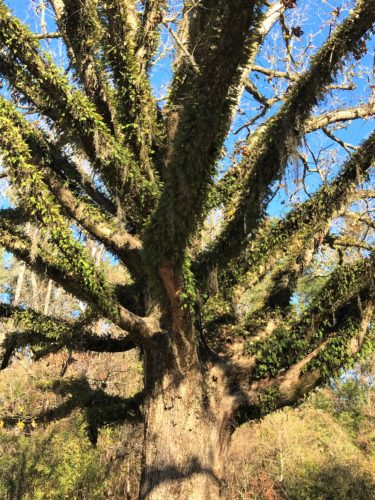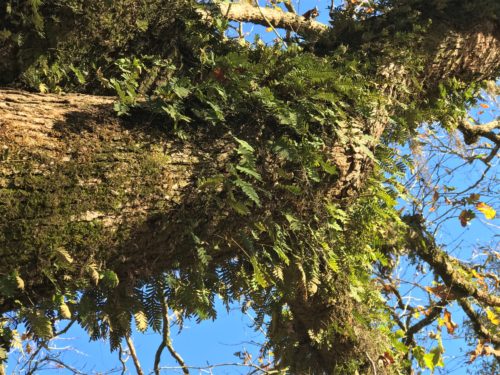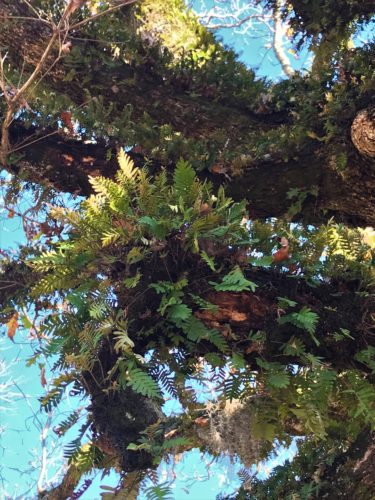We visited Summerbrook Community Church today. It’s a non-denominational church in Summerville, about 10 miles away. Worship this morning entailed a tattooed, bun-wearing, hand-lifting, praise-offering church with a very exuberant Pastor. Those of you who have been to The Chapel when Pastor Jacob Ley is preaching will understand exactly what I mean by that. 😊
It was quite a busy place before and after as just outside the sanctuary was a ‘snack bar’ of sorts. Much more than coffee and donuts. 😊
The message today was on being joy-filled and how that’s accomplished when you have Christ in your heart.
During worship, God presented me with a gift. A revelation that His love for me is just as real as the love Blaine shows me. The Love, Mercy and Grace afforded me by Blaine through the loss of my phone is like what God shows me every day. Blaine does this by constantly growing in Christ. Trust me, if this incident had happened years ago, things would have looked much different. 😊
My God is incredible! If you don’t know His Love, Mercy and Grace yet, let me encourage you to seek it out! It’s indescribable!
Now I have a question. This also came to mind during the sermon. Did Jesus dream? He was fully man after all. If He did dream, what about? Hmm………
We spent an hour or so ambling around the campground again, just to enjoy the sunshine. On our walk, we discovered Pleopeltis Polypodiodes. And no. I don’t know how to pronounce it. It’s also known as a Resurrection Fern.

Look what we found!
Whadayathink?

It’s a tree covered in ferns!
Never in my life . . . !

If there were any Park Rangers around I’d of asked about this!
But there aren’t, so I resorted to Google.
One of the most common yet overlooked plants in the Southeast is the fascinating resurrection fern (Polypodium polypodioides). The main reason it is not noticed by more people is due to where it lives. They can often be found growing on the upper branches of large trees like old live oaks. The resurrection fern is a true fern that reproduces via spores and not seeds. It is considered to be an epiphyte or `air plant’ because it derives its moisture and nutrients from the air and rain and grows upon another plant, but is not parasitic. Resurrection ferns use creeping rhizomes to attach to tree bark and are often found growing on the tops of tree branches or in branch crotches in large clumps where they are able to collect the most water and nutrients.
This amazing plant is native to the Southeast and can be found from Florida to New York and west to Texas. Around Wayne County, this plant is likely to be growing on old mature trees in hardwood forest areas. The resurrection fern gets it name because the frond curls up and turns grayish-brown when it dries out and appears as if the plant has shriveled up and died. It also has a stiff and scaly texture to it when it dries out adding to the perception that the plant is dead. Once the curled frond is exposed to moisture the fern begins to unfurl and become bright green as if it has come back to life. Anything from an increase in humidity to a heavy rain shower can spark this interesting transformation to take place. It only takes a small amount of water to cause the resurrection fern to “rise from the dead”.
Many experts have estimated that the resurrection fern can remain in its dried state for at least 100 years. Unlike most plants, the resurrection fern is able to tolerate losing up to 97% of its water and remain alive. Just to give you an idea of how remarkable this feat is the majority of plants can only tolerate a 10% water loss before they begin to die back. This unique trait earned the resurrection fern the title of `first fern in space’ when it traveled aboard the Space Shuttle Discovery in 1997. The fern was taken into space to observe its resurrection at zero gravity and the results showed that the fern was able to complete this process even without gravity. As the weather warms up and the spring rains pour down on the landscape I encourage you to look-up in the branches of old oak trees for a glimpse of this interesting fern. ~ taken from a NC State University page
